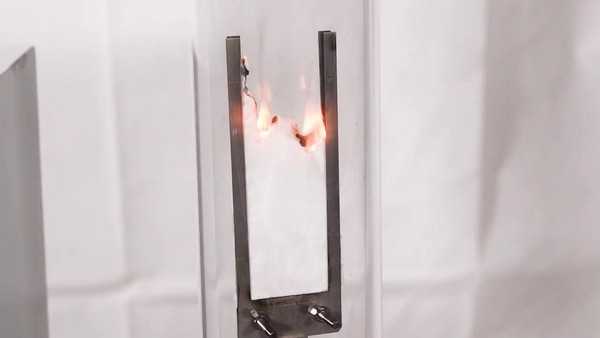What are some common safety hazards to be aware of when operating a temperature oxygen indexer?

When operating a temperature oxygen indexer, it's important to be aware of the following common safety hazards:
1. Electrical Hazards: The temperature oxygen indexer may be powered by electricity, so there is a risk of electrical shock or short circuits. Ensure that the instrument is properly grounded, and avoid exposing it to water or other liquids that can cause electrical hazards.
2. High Temperatures: The temperature oxygen indexer operates at elevated temperatures, which can pose burn hazards. Take precautions to prevent direct contact with hot surfaces or materials. Use appropriate protective equipment, such as heat-resistant gloves, when handling samples or operating the instrument.
3. Fire and Combustion Hazards: The temperature oxygen indexer involves testing the combustibility of materials, which can present fire hazards. Handle flammable substances with care and follow proper safety protocols to prevent accidental ignition or spread of fire. Have appropriate fire safety equipment, such as fire extinguishers, readily available in case of emergencies.

4. Chemical Hazards: Depending on the materials being tested, there may be potential exposure to hazardous chemicals or gases. Follow proper handling procedures for the samples and any associated chemicals. Ensure good ventilation in the test area to minimize the risk of inhalation or exposure to harmful substances.
5. Ergonomic Hazards: Repetitive motions or awkward postures during sample preparation or instrument operation can lead to ergonomic hazards, such as musculoskeletal injuries. Maintain proper ergonomics by using adjustable workstations, taking breaks, and using ergonomic tools or equipment when applicable.
6. PPE Requirements: The operation of a temperature oxygen indexer may require the use of personal protective equipment (PPE) to mitigate various hazards. Wear appropriate PPE, such as heat-resistant gloves, safety goggles, lab coats, and closed-toe shoes, as recommended by the manufacturer and based on the specific tasks and potential risks involved.
7. Equipment Malfunction: There is a possibility of equipment malfunction or failure during operation, which can lead to unexpected hazards. Regularly inspect and maintain the temperature oxygen indexer to minimize the risk of malfunctions. Follow the manufacturer's guidelines for maintenance and troubleshooting.
8. Training and Knowledge: Insufficient training or lack of understanding of the instrument's operation and safety procedures can increase the risk of accidents. Ensure that operators are adequately trained and have a clear understanding of the safety protocols and emergency procedures associated with operating the temperature oxygen indexer.
Always consult the manufacturer's instructions and safety guidelines specific to your temperature oxygen indexer model. Additionally, adhere to any applicable local regulations and safety standards to ensure a safe working environment when operating the instrument.
2023-09-04 11:53

